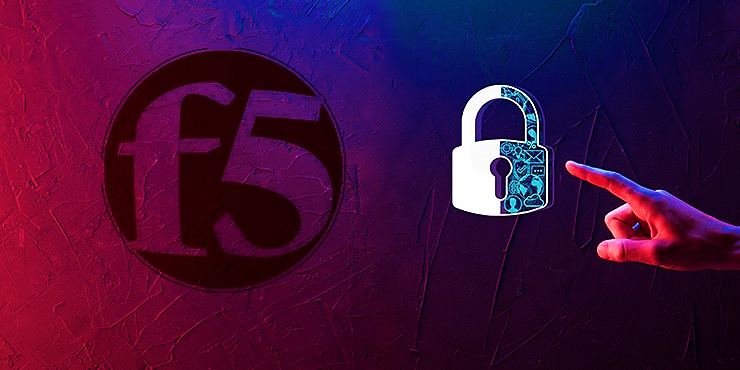Activate 2FA on Activision accounts to protect against recent malware-driven breaches, particularly affecting users of cheat and pay-to-cheat services
A malware campaign targeting gamers, particularly those utilizing cheat or pay-to-cheat services, has amassed millions of compromised login credentials from various gaming platforms.
If you suspect that your accounts have been compromised by malware, it’s important to take immediate action to secure your devices and accounts.
If you suspect that your Activision account has been compromised by malware or any other means, it’s crucial to take immediate action to secure it. One of the most effective measures you can take is enabling two-factor authentication (2FA) on your account.
- Identify affected accounts: Determine which accounts have been compromised by the malware. This may include email accounts, social media accounts, gaming platforms, or any other online services you use.
- Visit the respective websites or apps: Go to the websites or apps associated with the affected accounts. This could be the website of your email provider, the social media platform, or the gaming platform (e.g., Activision).
Visit the Activision website: Go to the official Activision website and log in to your account. - Access your account settings: Once logged in, navigate to your account settings. This is typically found in the profile or settings section of the website.
- Locate security options: Look for security options within your account settings. Activision should provide options for enhancing the security of your account.
- Choose 2FA method: Select your preferred method for receiving authentication codes. Common methods include SMS/text message verification, authentication apps (such as Google Authenticator or Authy), or email verification. Choose the method that works best for you.
- Set up 2FA: Depending on the method you choose, you may need to enter a phone number, scan a QR code with an authentication app, or verify your email address. Follow the prompts to complete the setup process.
- Enable two-factor authentication: Within the security options, you should find the option to enable two-factor authentication (2FA). Follow the prompts to set up 2FA for your account.
- Choose your preferred method: Activision may offer several methods for 2FA, such as SMS authentication, email authentication, or authenticator apps. Choose the method that best suits your preferences and follow the instructions to set it up.
- Verify your identity: Depending on the method you choose, you may need to verify your identity by entering a code sent to your phone or email, or by scanning a QR code with an authenticator app.
- Complete the setup: Once you’ve verified your identity, complete the setup process. Your two-factor authentication should now be enabled, adding an extra layer of security to your Activision account.
Here are steps you can take to mitigate the impact of the malware and secure your system:-
Disconnect from the Internet: If you suspect that your device is infected with malware, disconnect it from the internet immediately. This can help prevent the malware from communicating with its command-and-control servers and causing further damage.
Run antivirus/anti-malware scans: Use reputable antivirus or anti-malware software to scan your device for malware. Update the software’s virus definitions to ensure it can detect the latest threats, then perform a full system scan. Quarantine or remove any malicious files detected during the scan.
Change passwords: If you suspect that your accounts have been compromised, change the passwords for those accounts immediately. Choose strong, unique passwords for each account and avoid using the same password across multiple accounts.
Update software and operating system: Make sure your operating system, software, and applications are up to date with the latest security patches. Malware often exploits vulnerabilities in outdated software, so keeping everything updated can help protect against known threats.
Review account activity: Check the activity logs or account history for your online accounts to look for any suspicious activity. This may include unauthorized login attempts, changes to account settings, or unusual account activity.
Secure your devices: Take steps to secure your devices against future malware infections. This includes using reputable antivirus software, practicing safe browsing habits, avoiding suspicious links and downloads, and being cautious when opening email attachments.
Backup important data: Regularly back up your important files and data to an external hard drive, cloud storage service, or another secure location. This can help you recover your data in case of a malware infection or other data loss event.
Consider professional help: If you’re unable to remove the malware or secure your devices on your own, consider seeking help from a professional computer security expert or IT support specialist.
Stay vigilant: Stay informed about the latest cybersecurity threats and best practices for staying safe online. Be cautious when interacting with unknown websites, emails, and messages, and always verify the authenticity of requests for sensitive information.
By following these steps, you can help mitigate the impact of malware and secure your devices and accounts against future threats.



